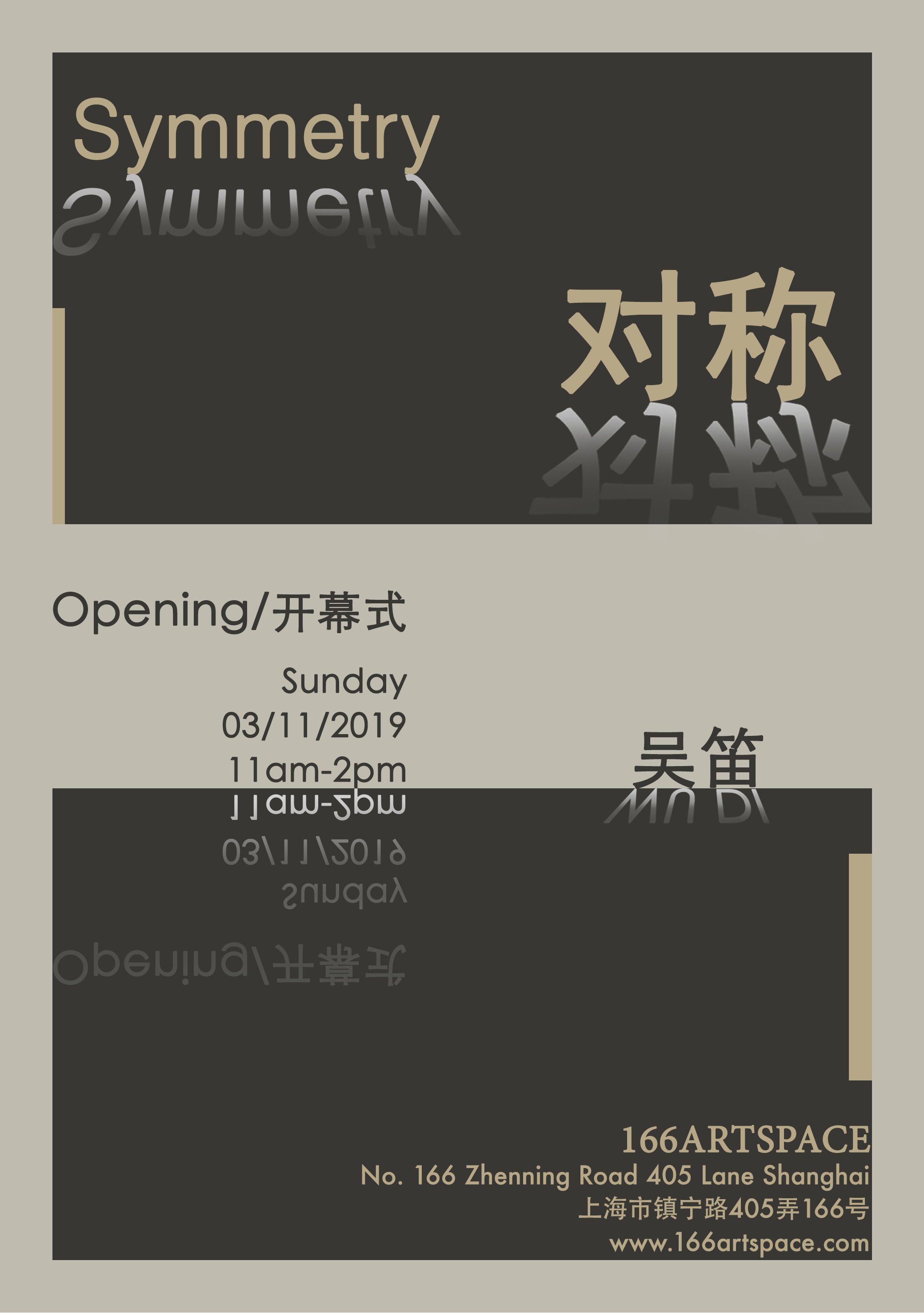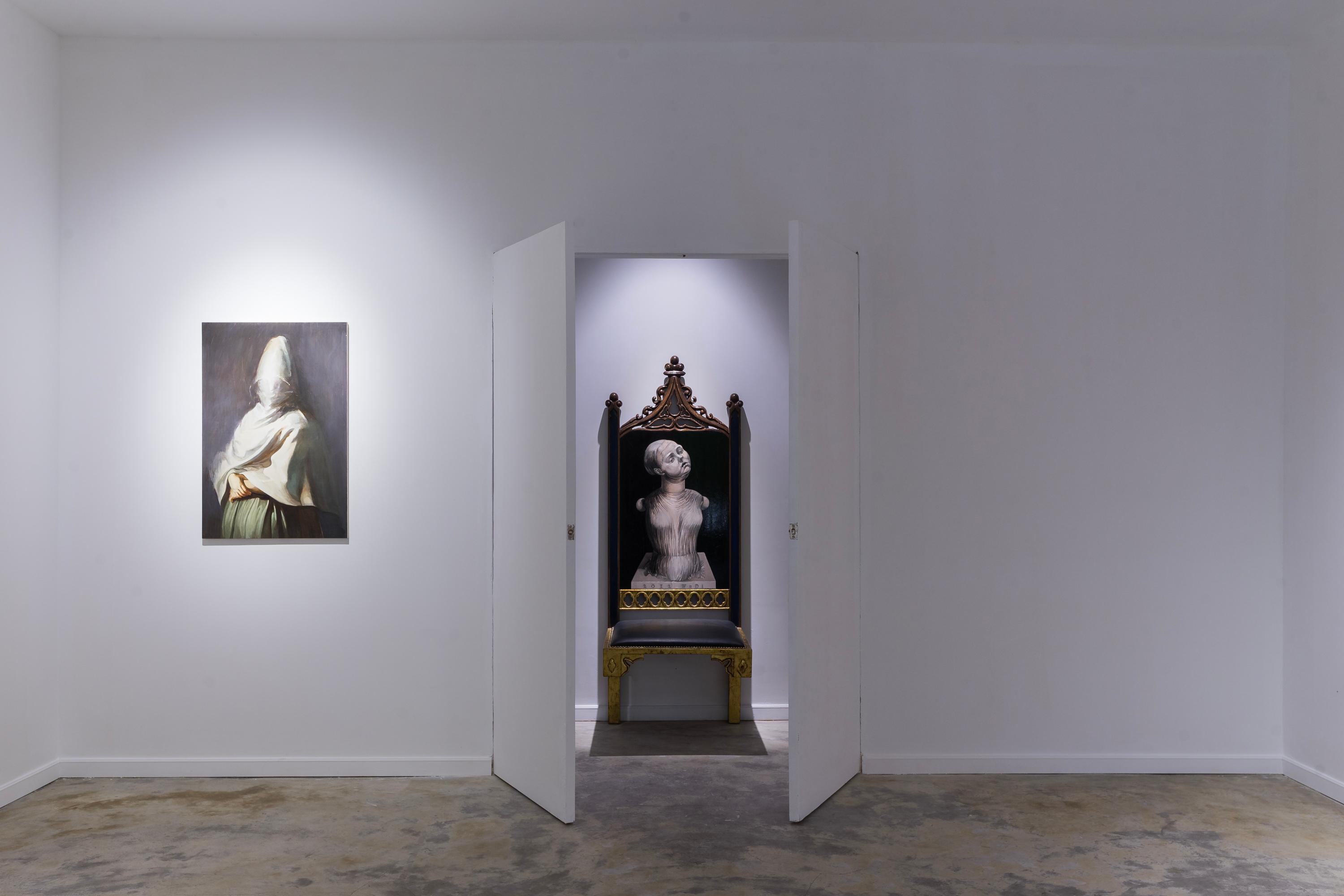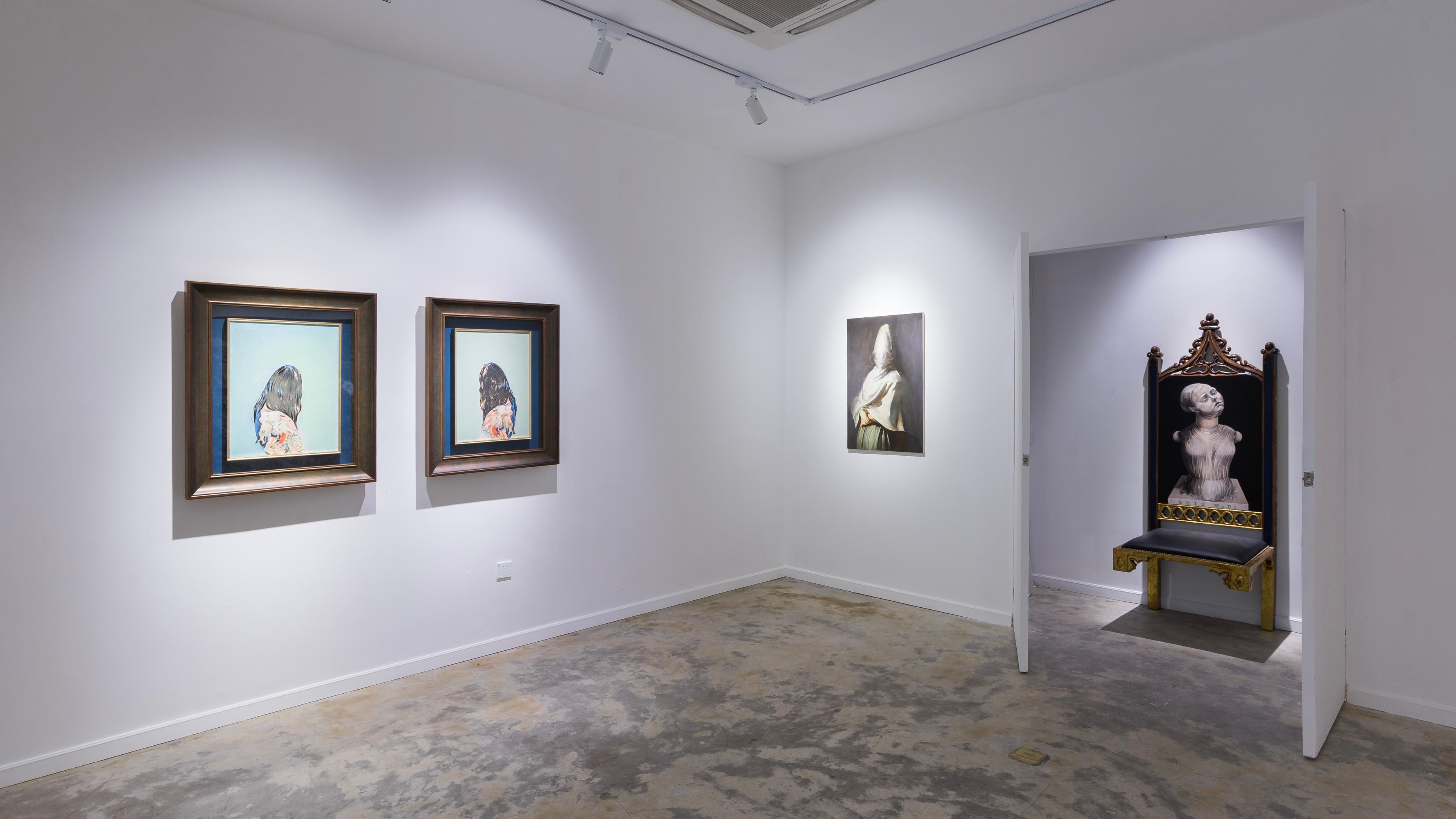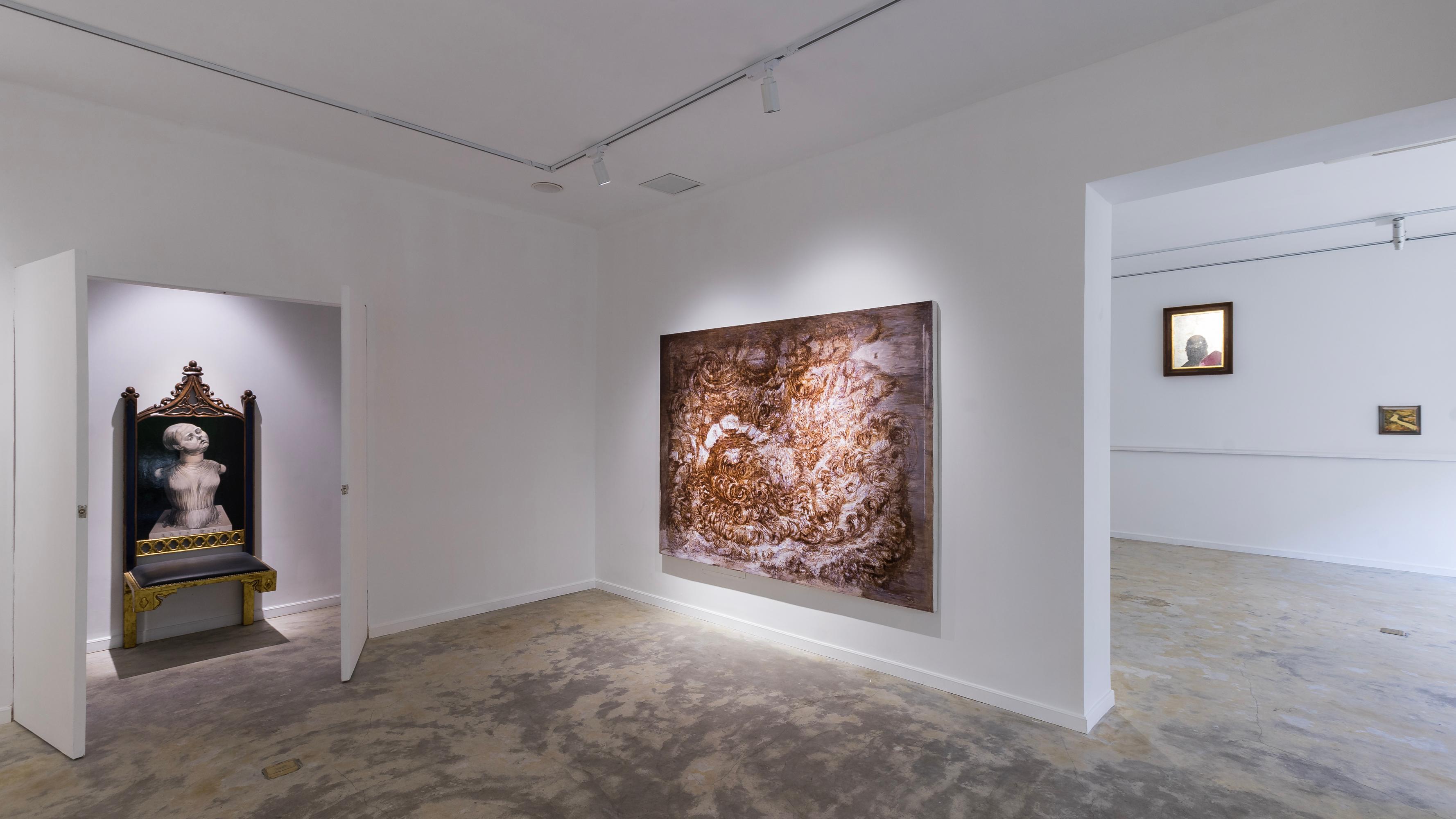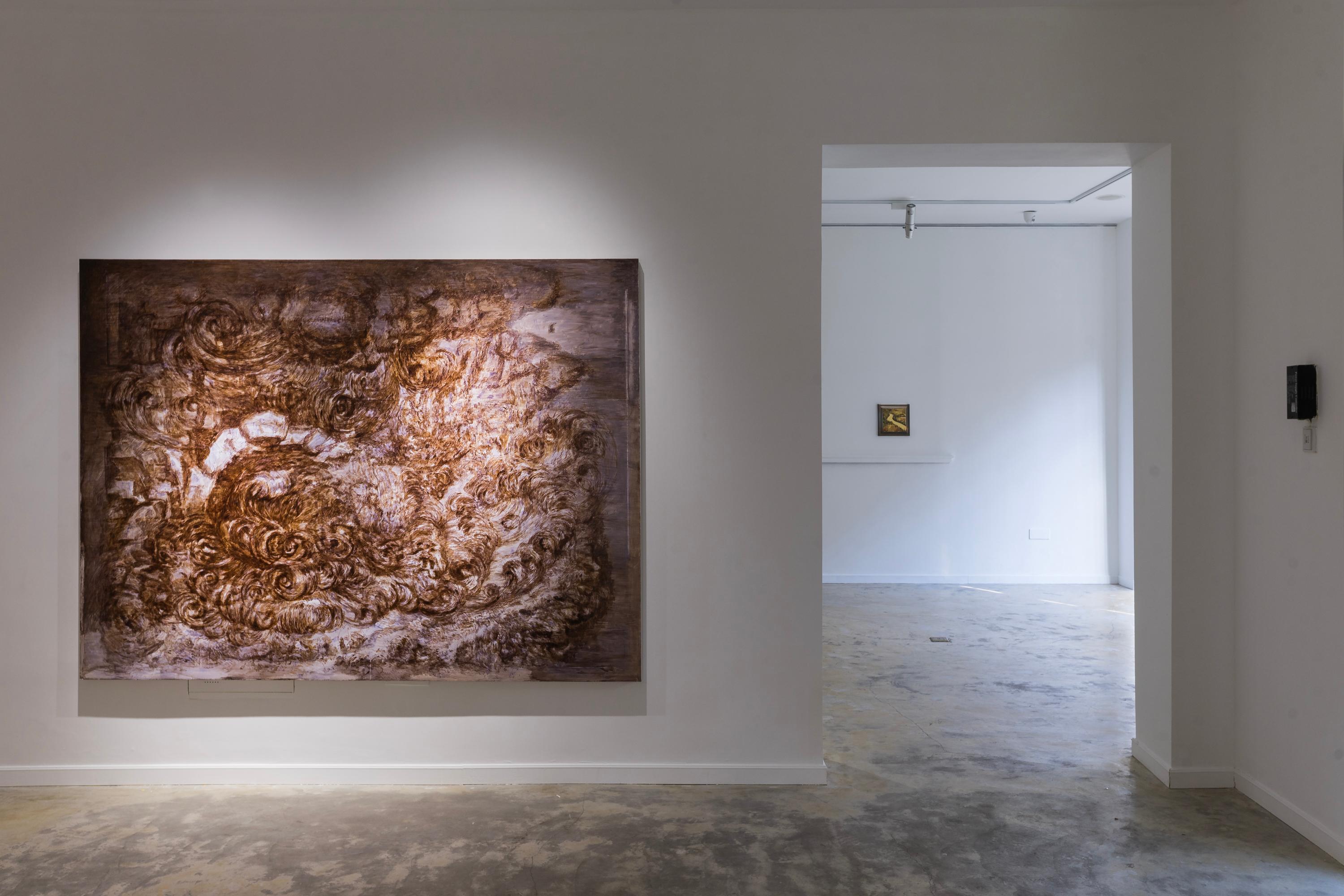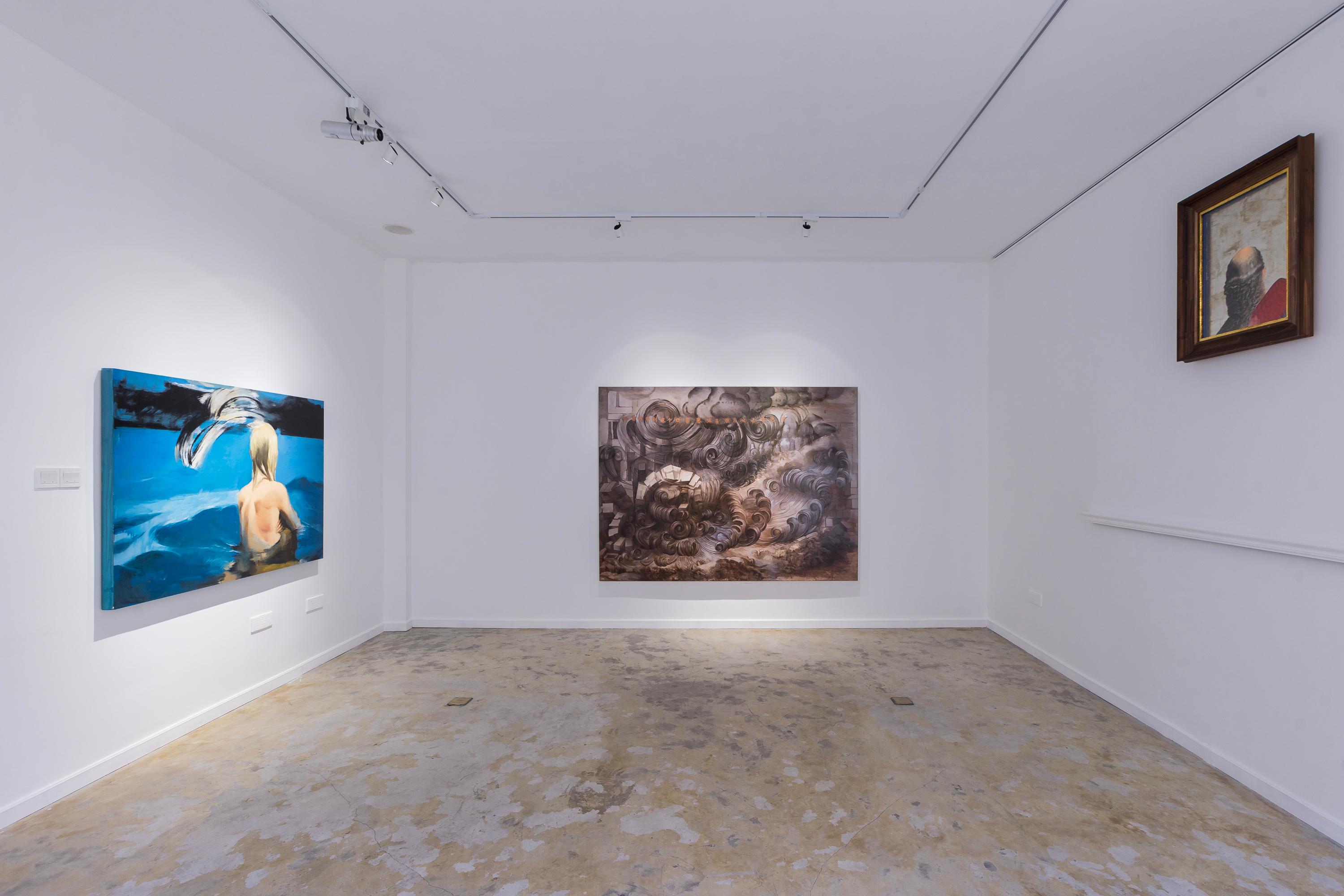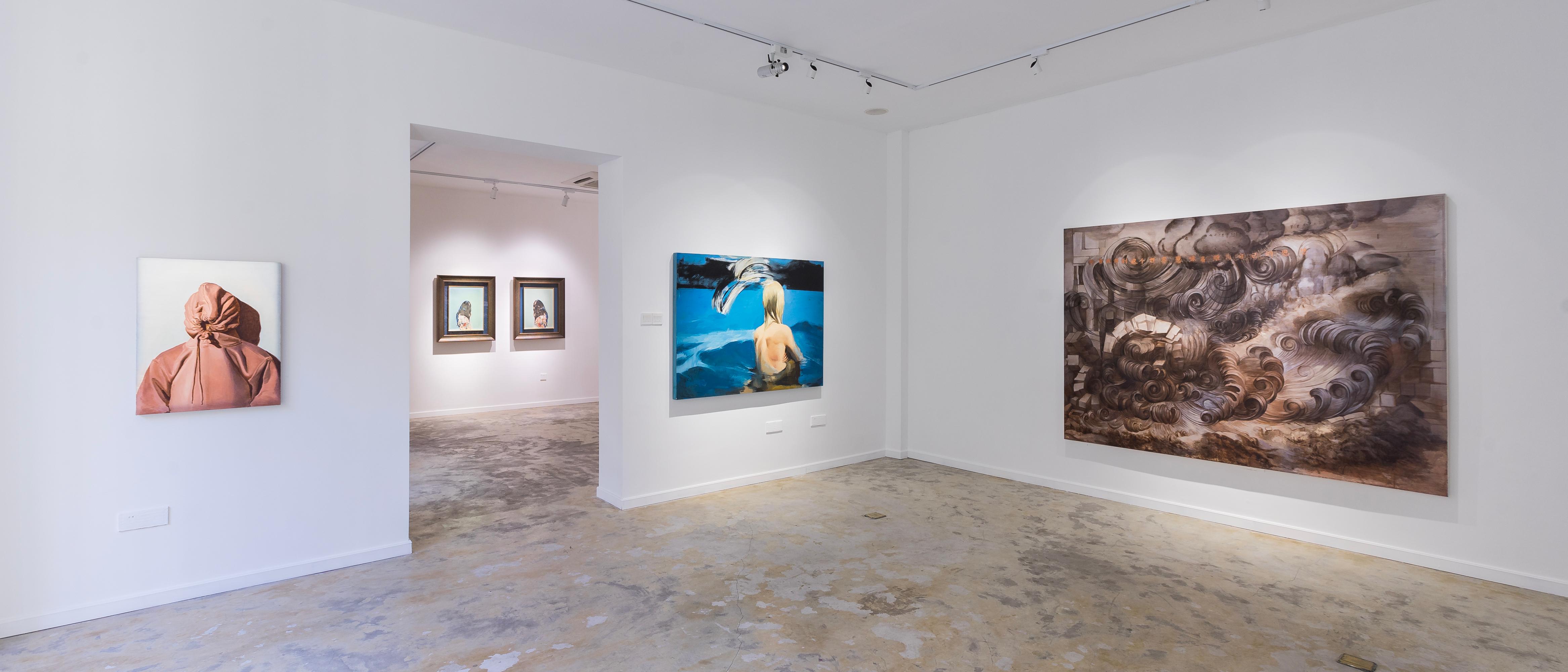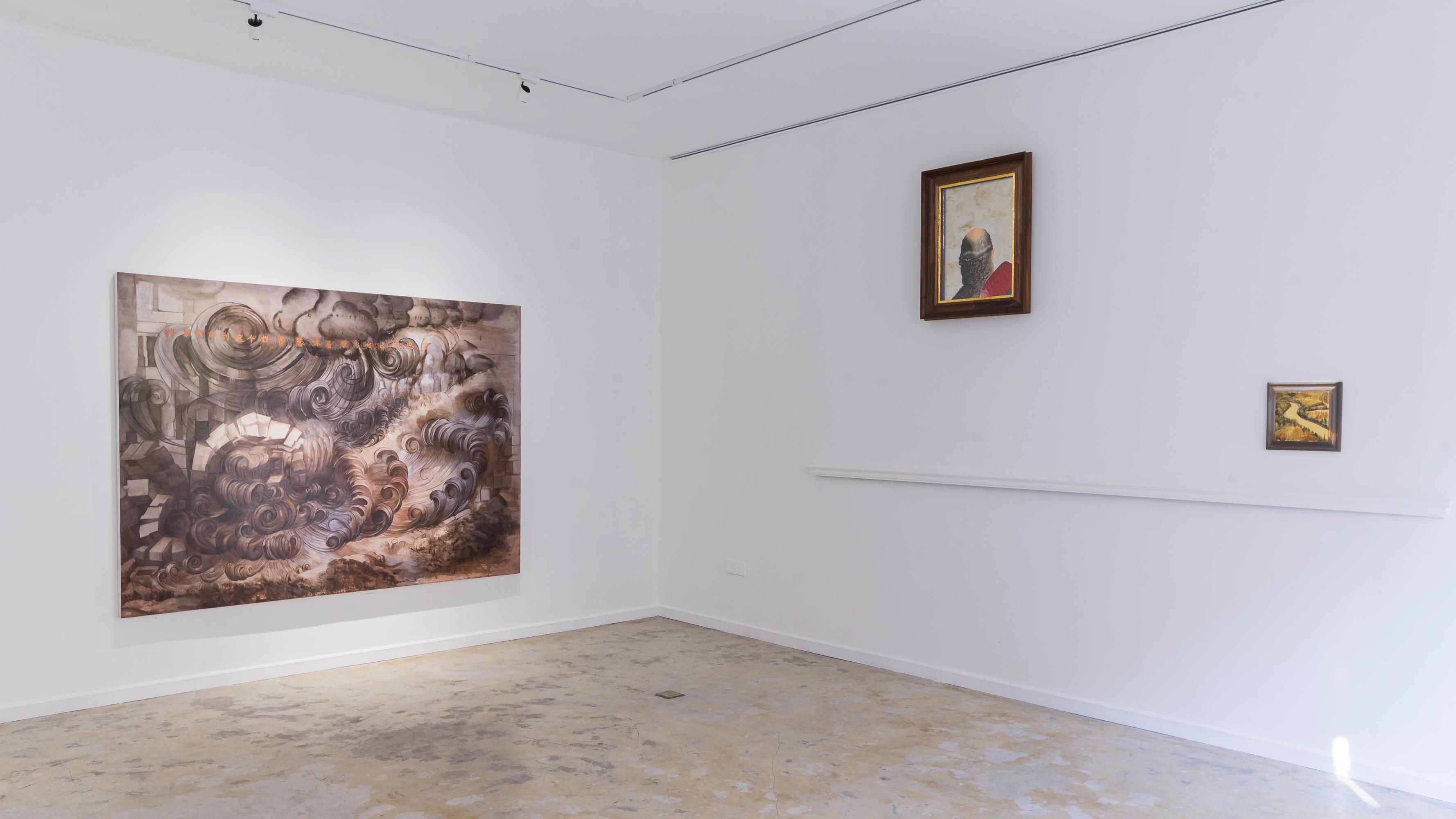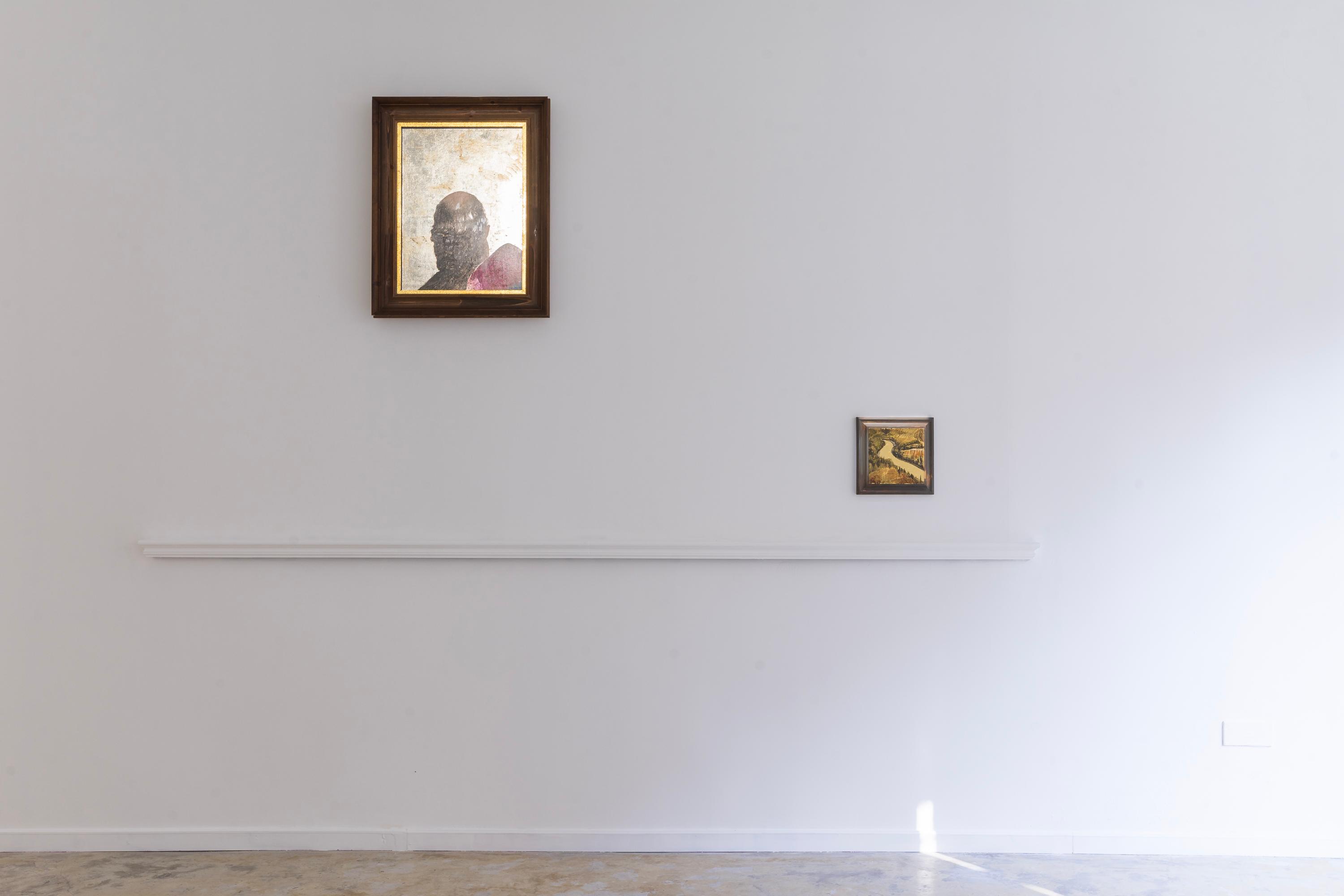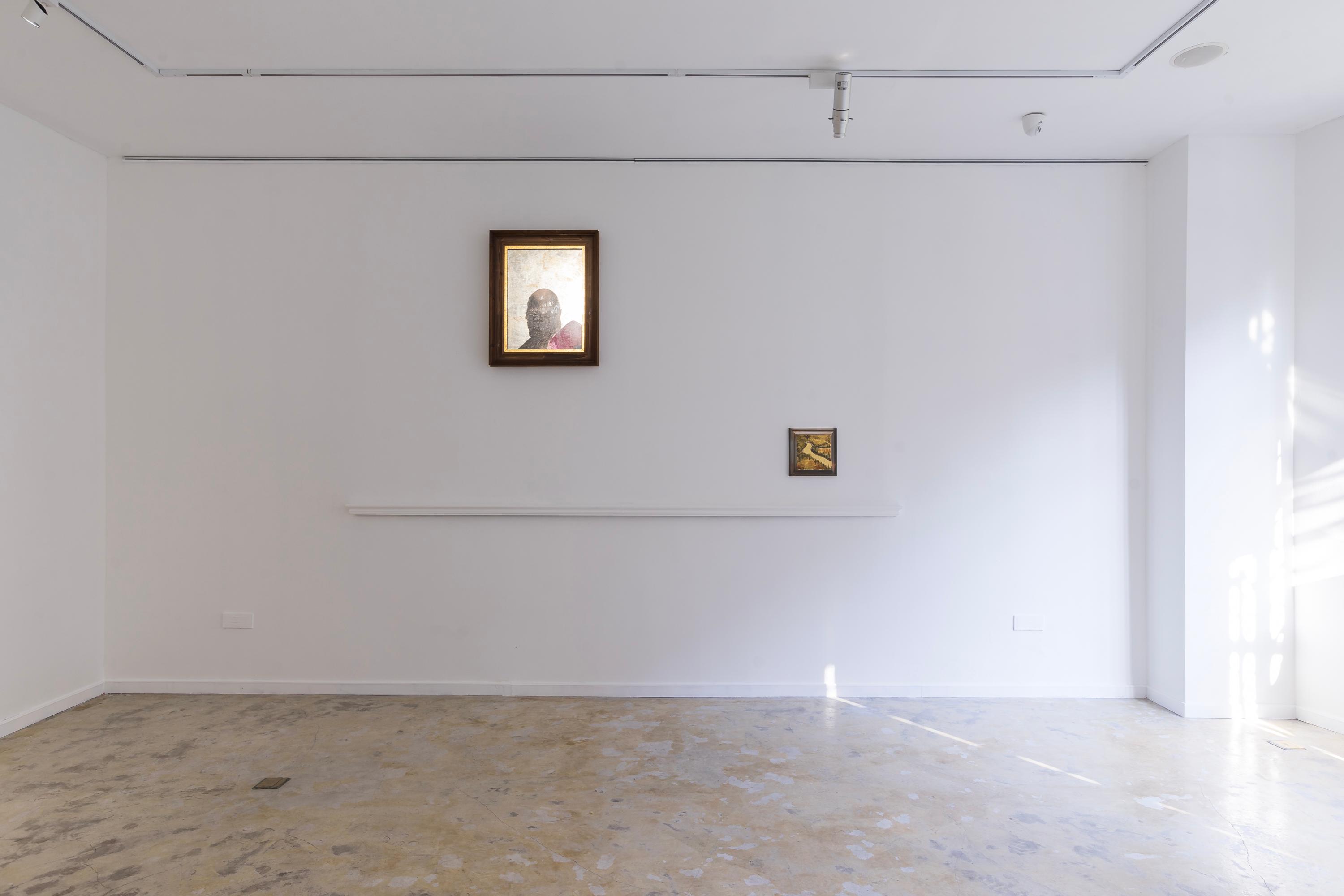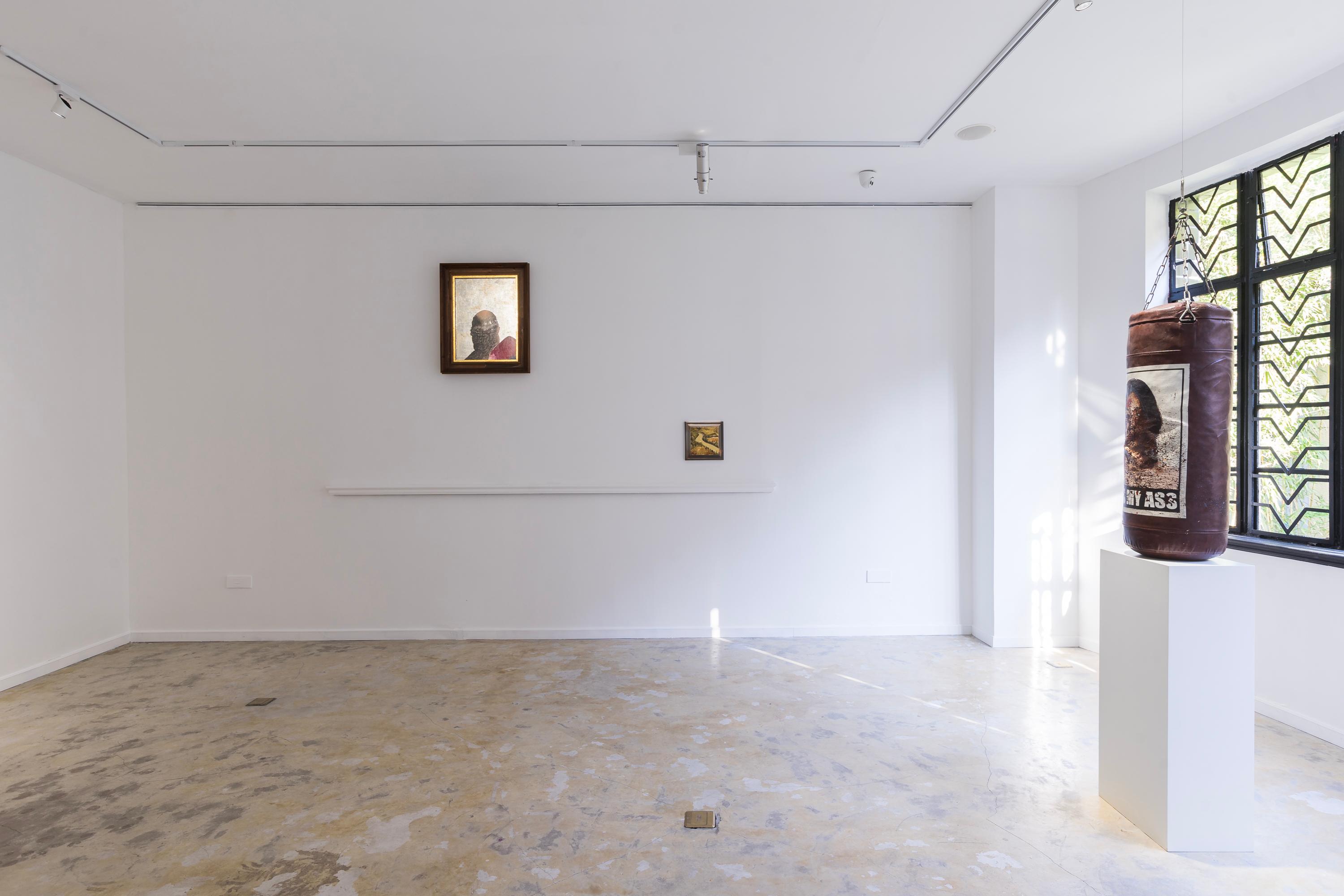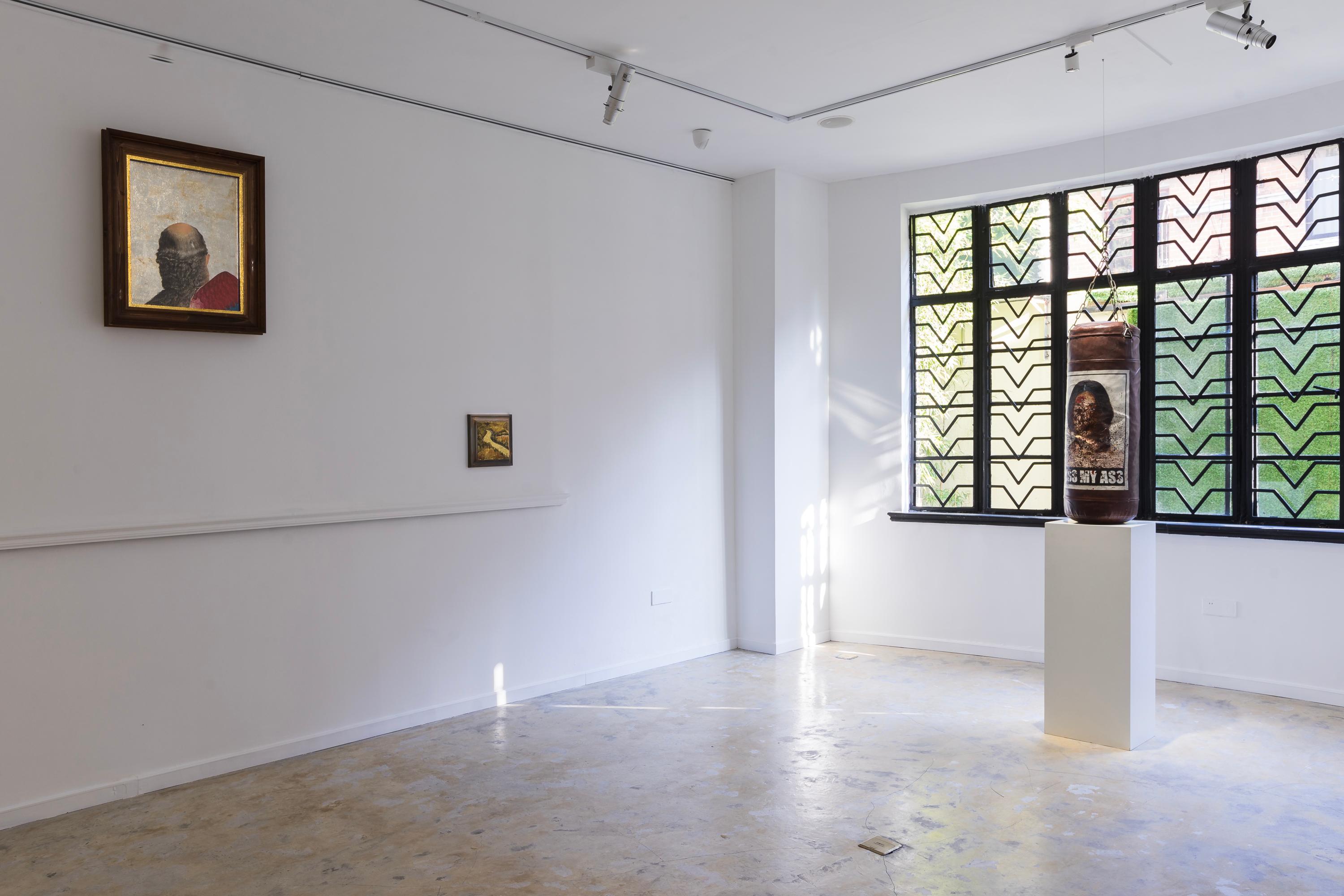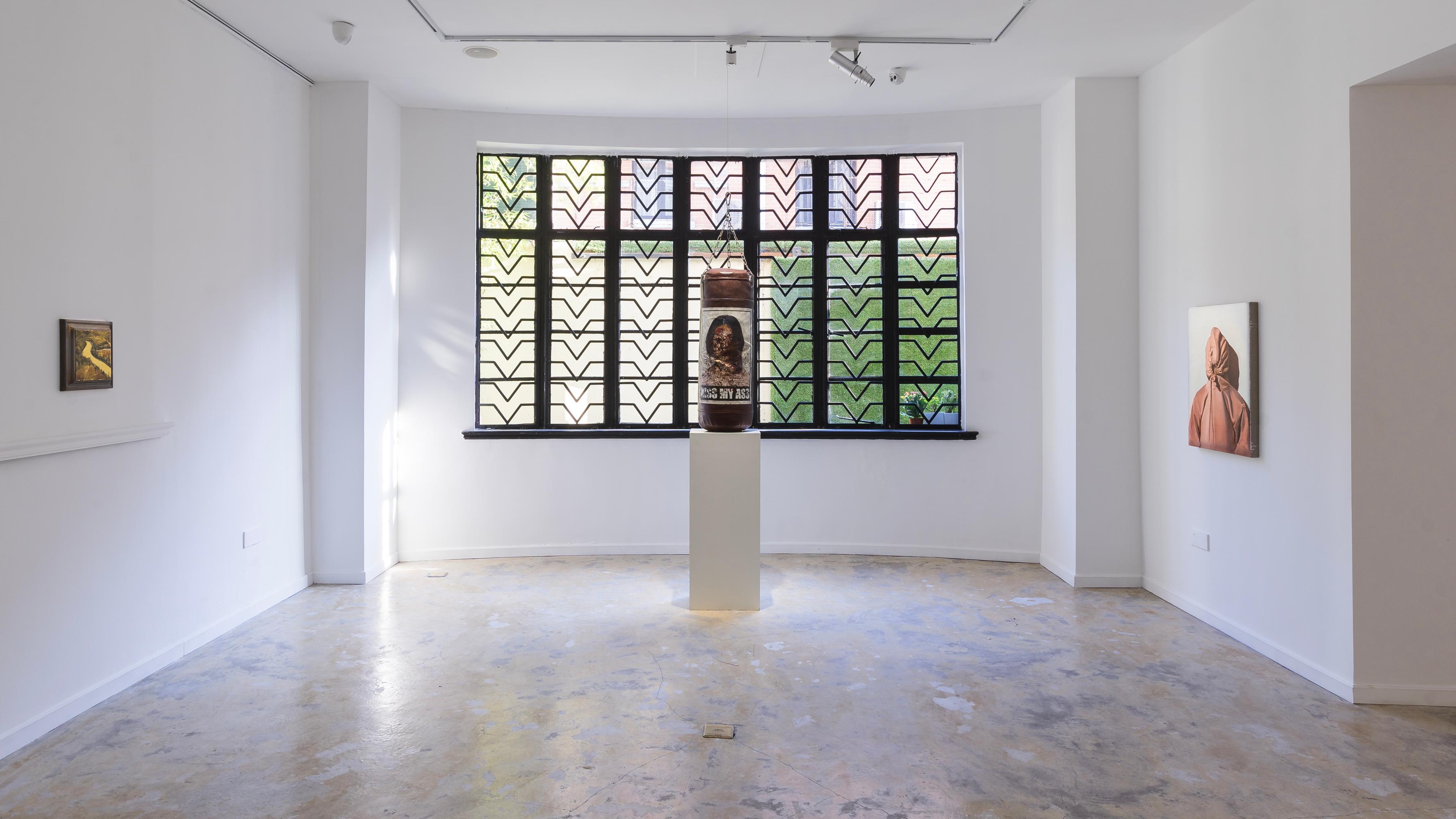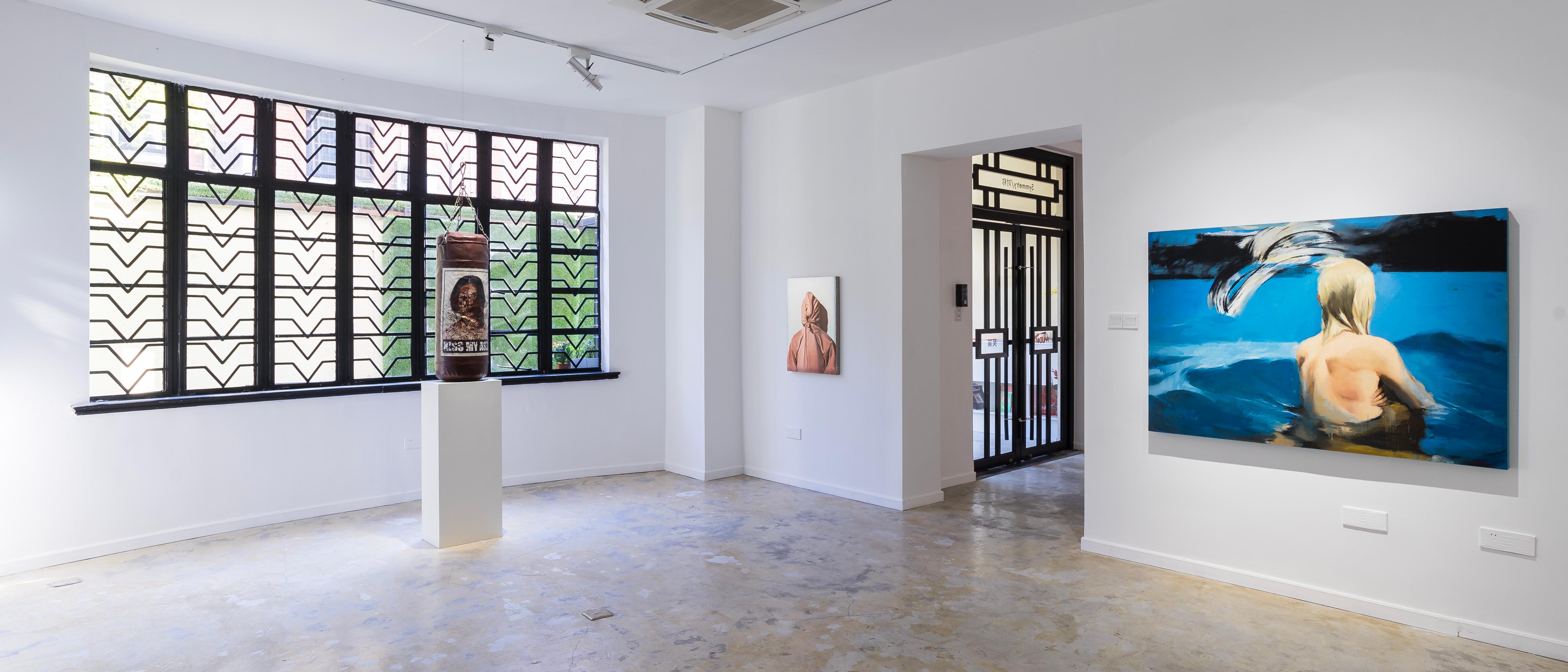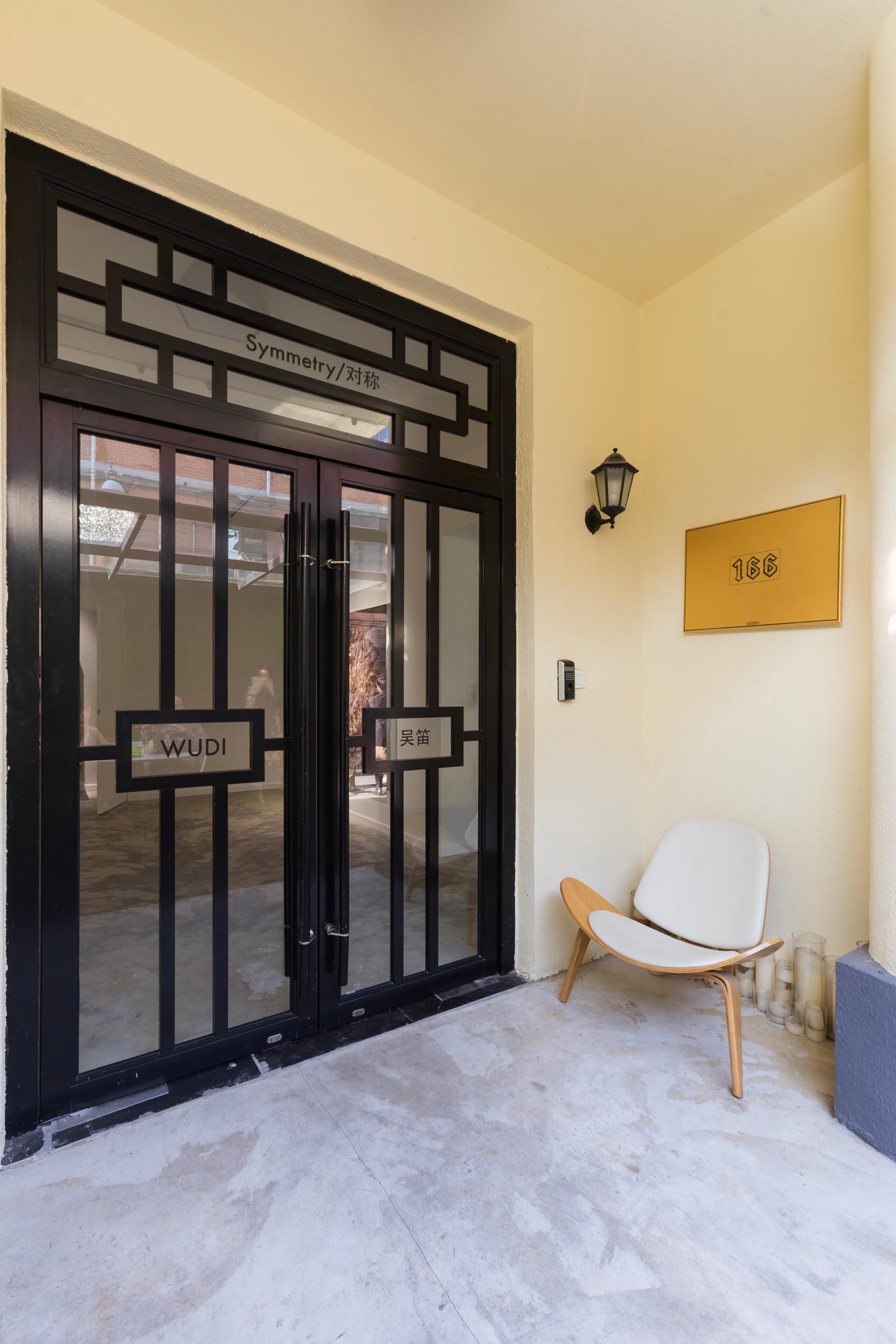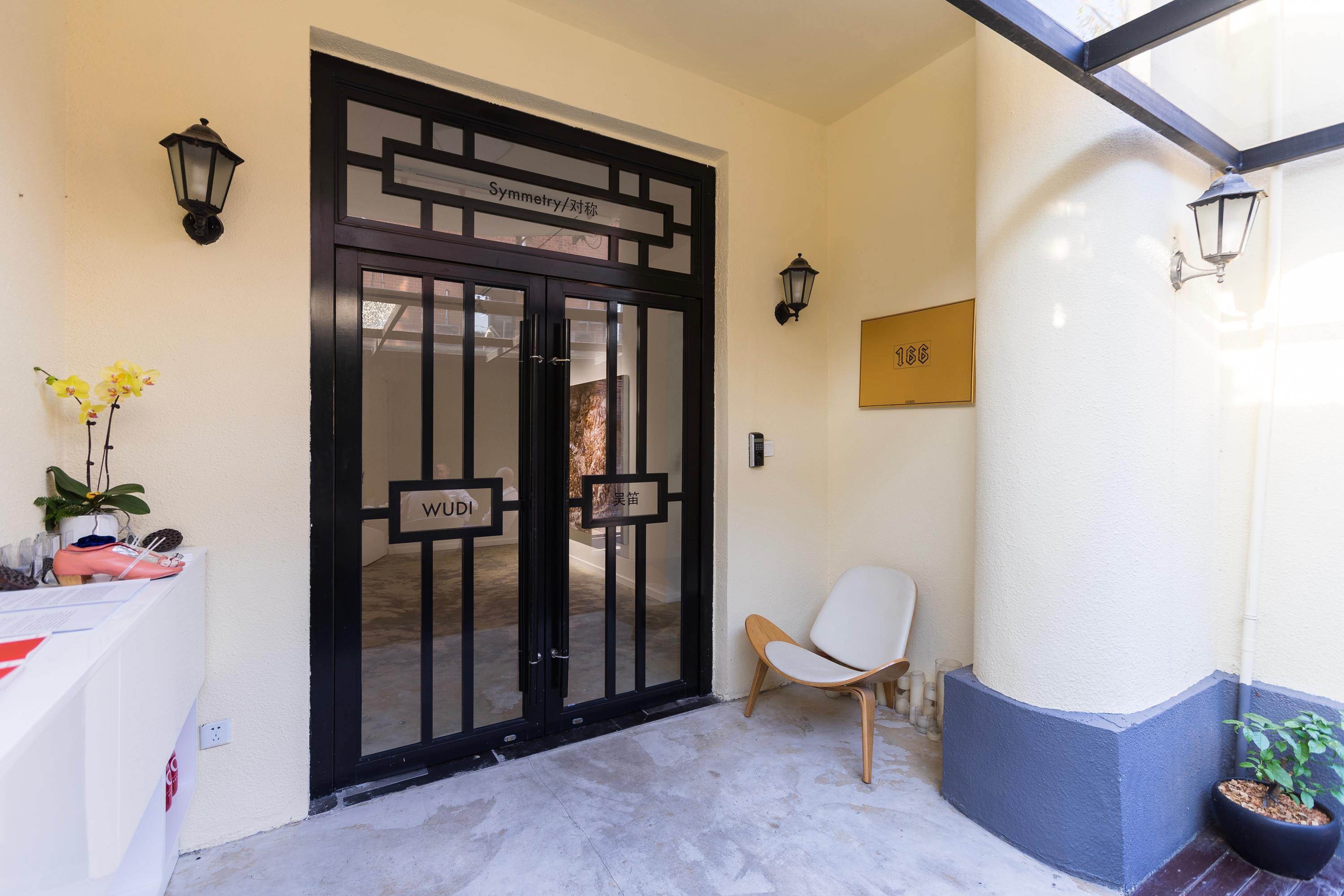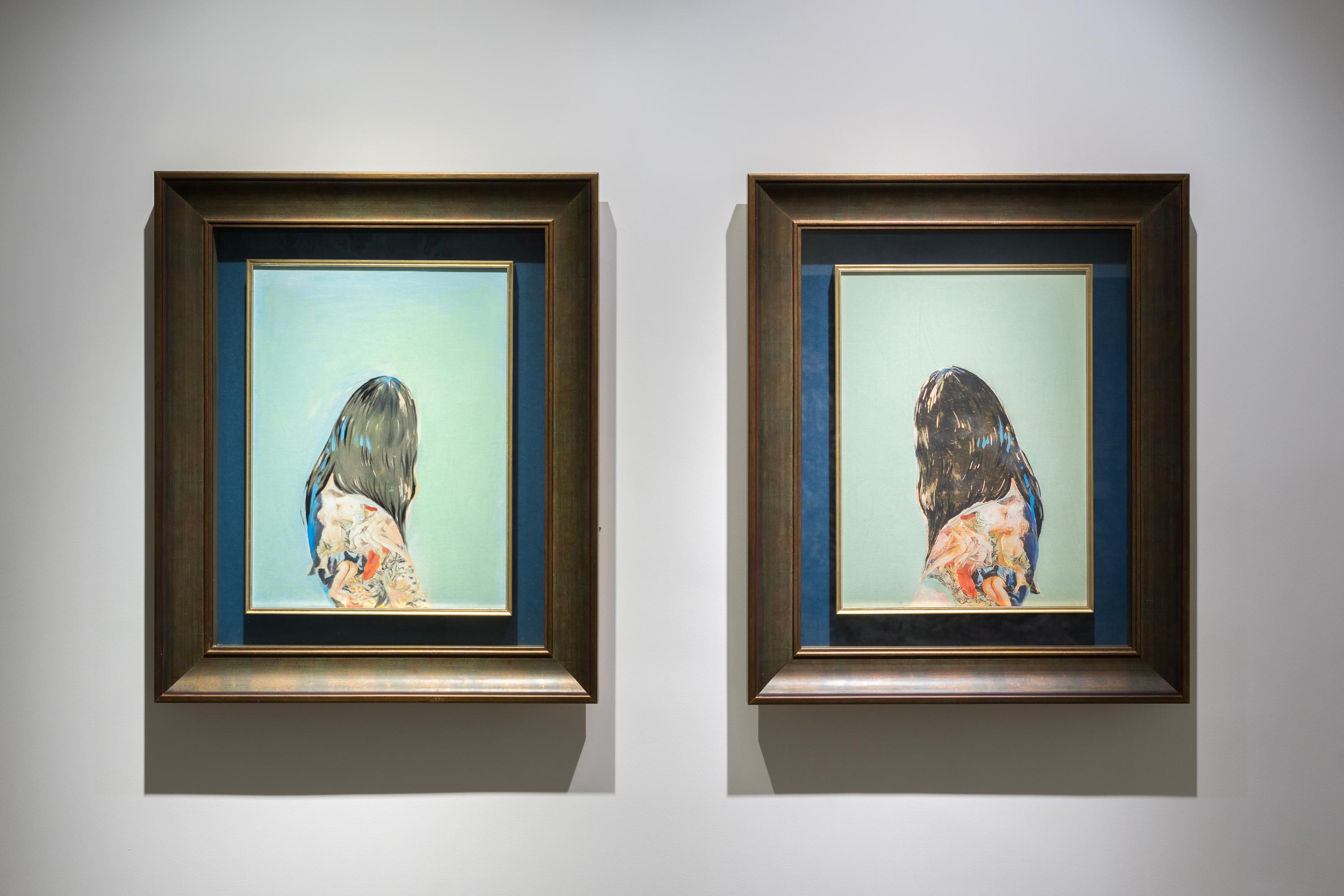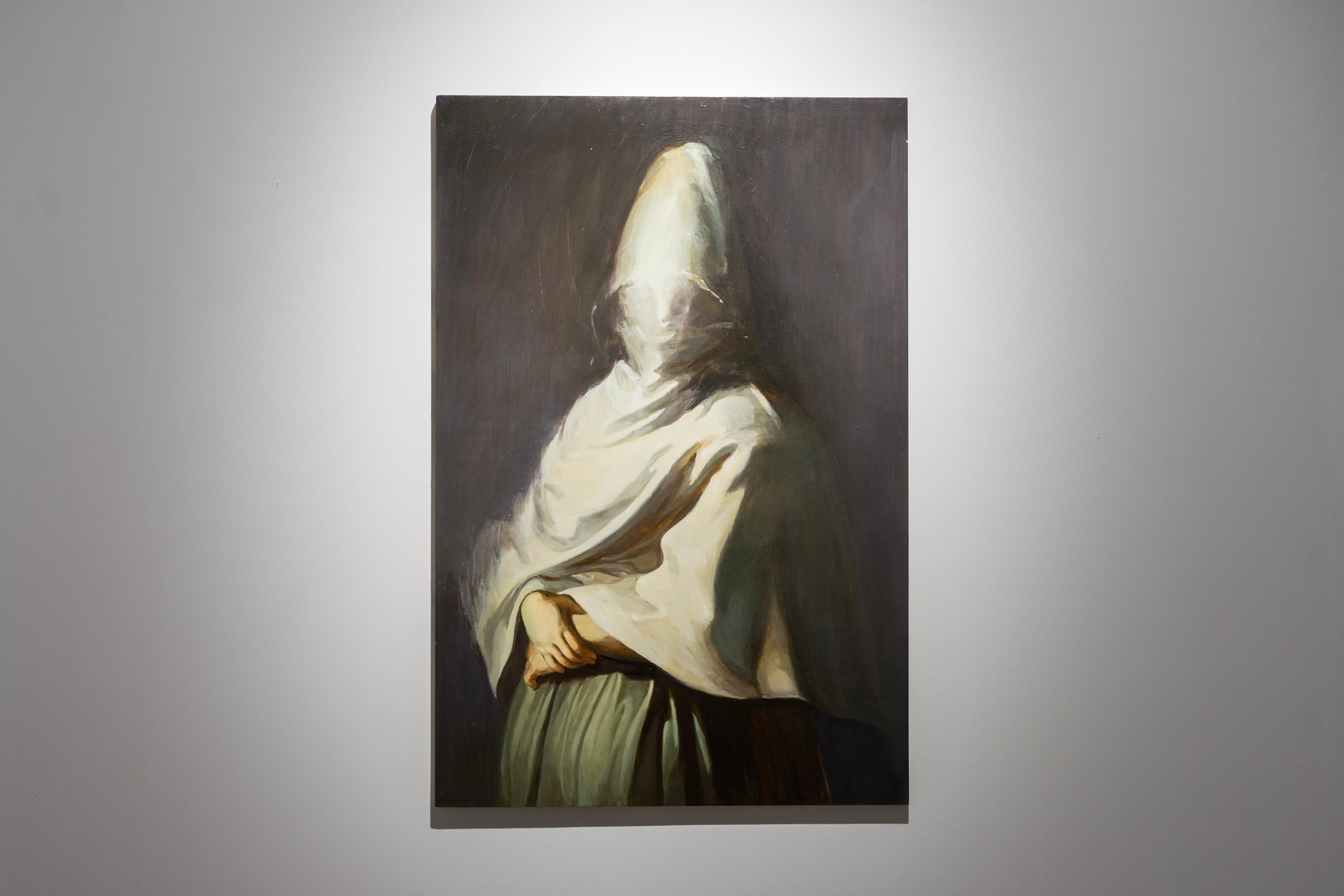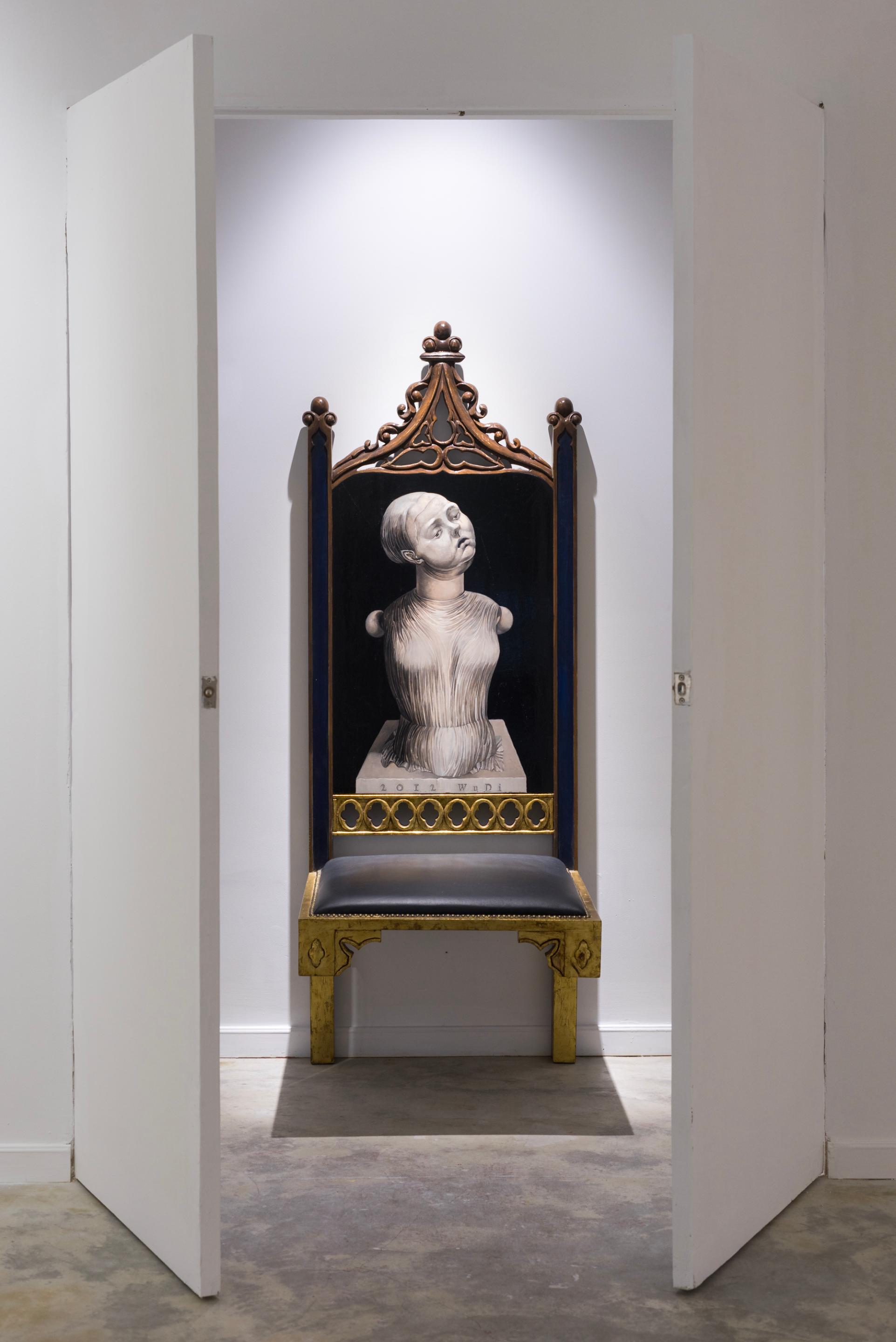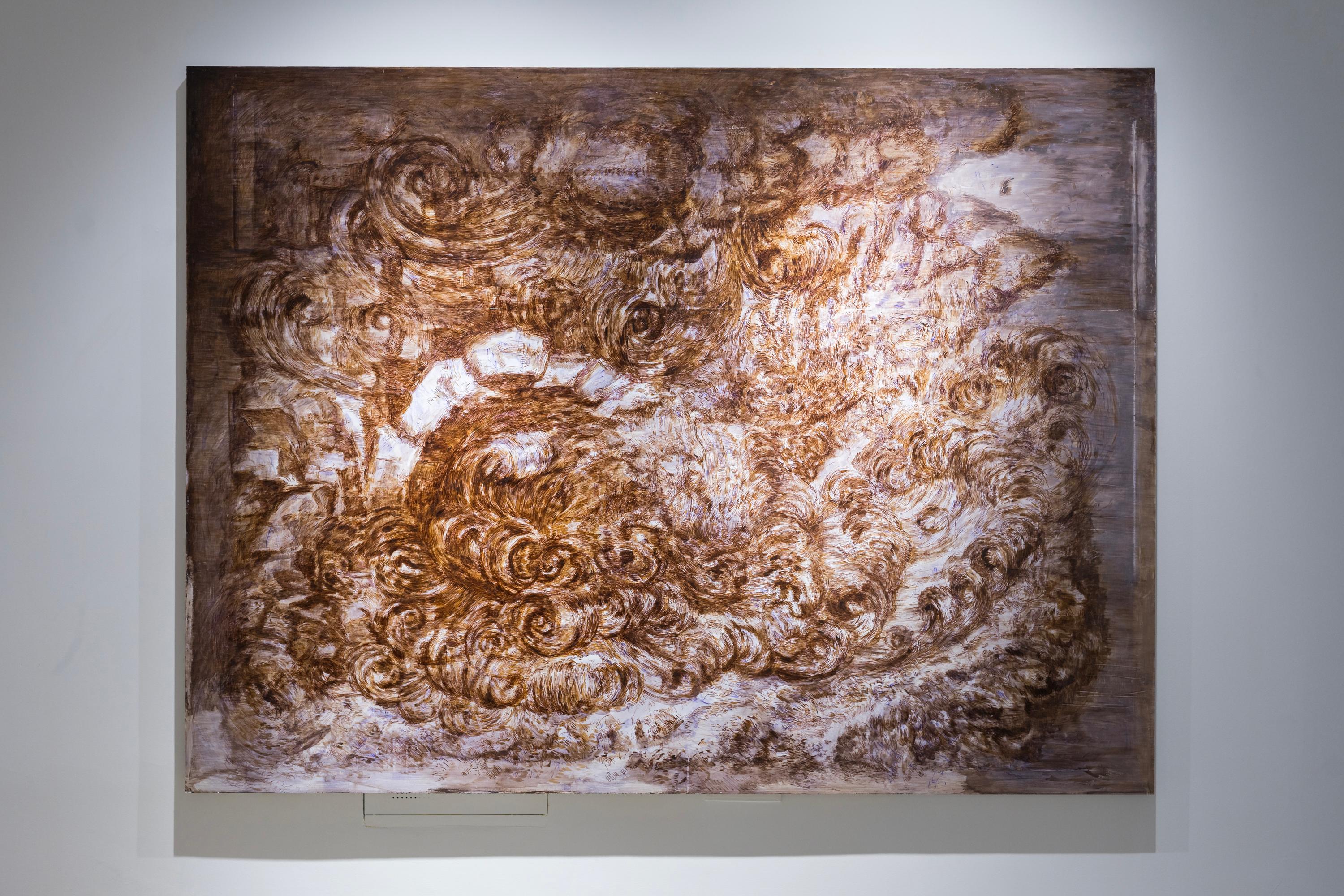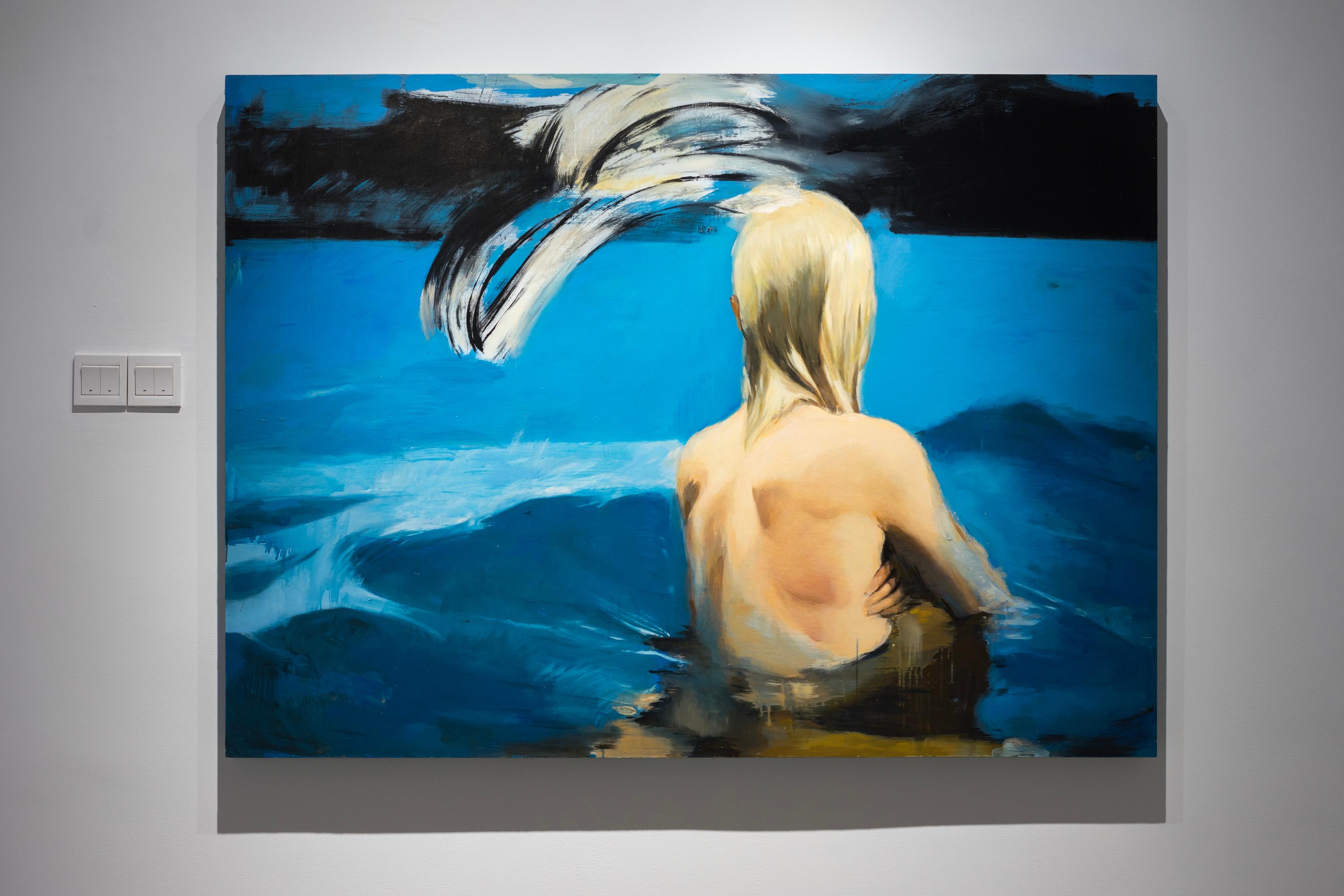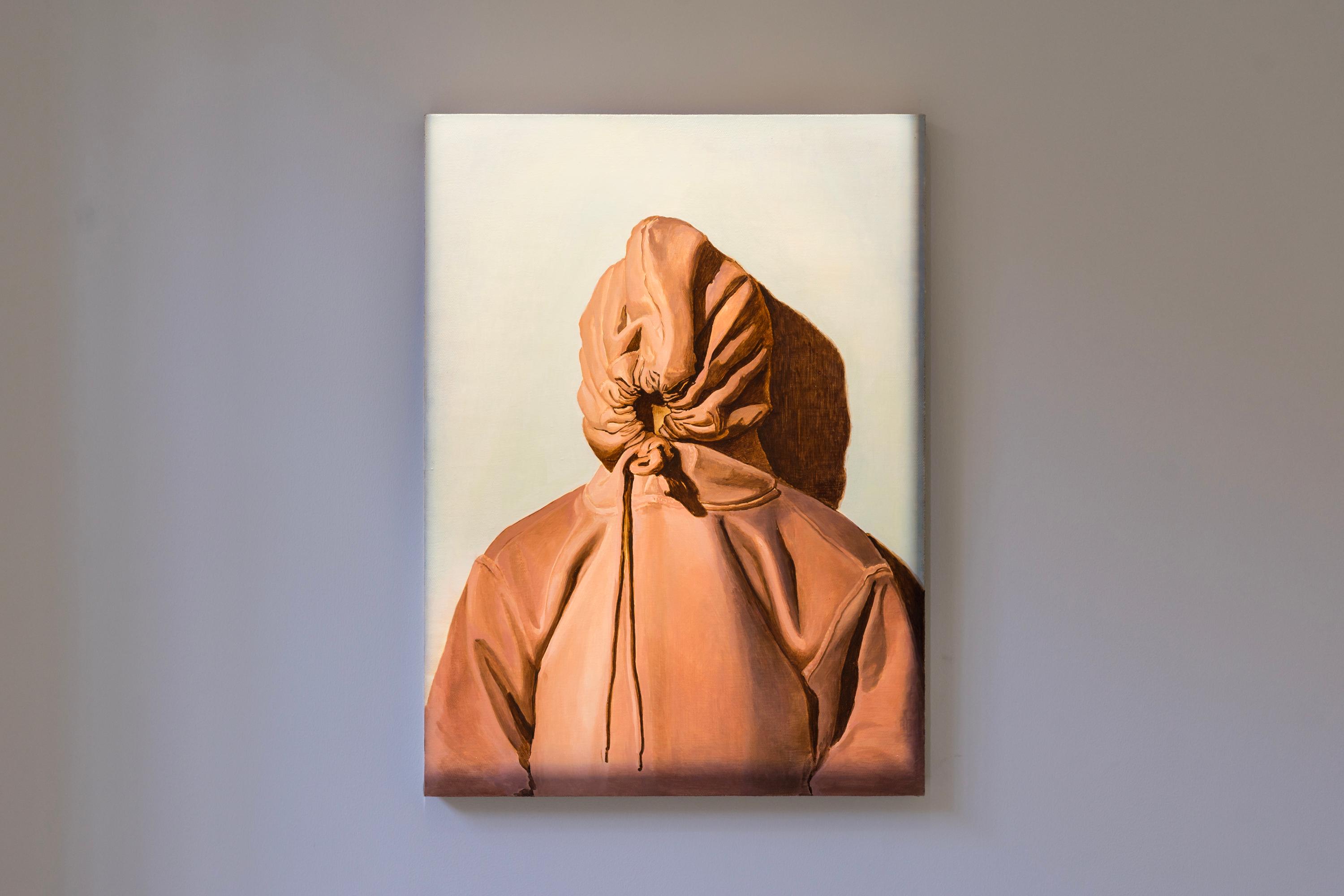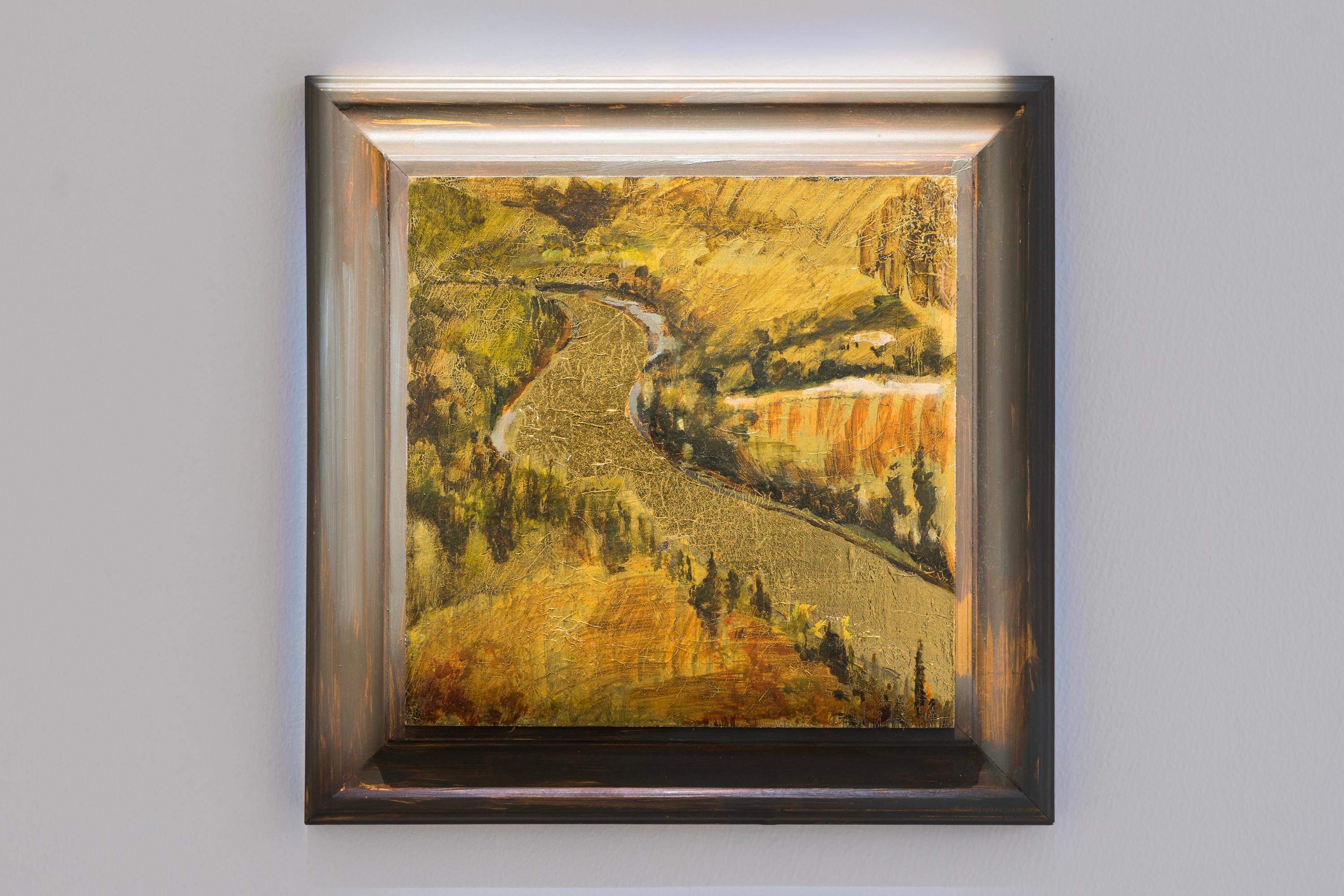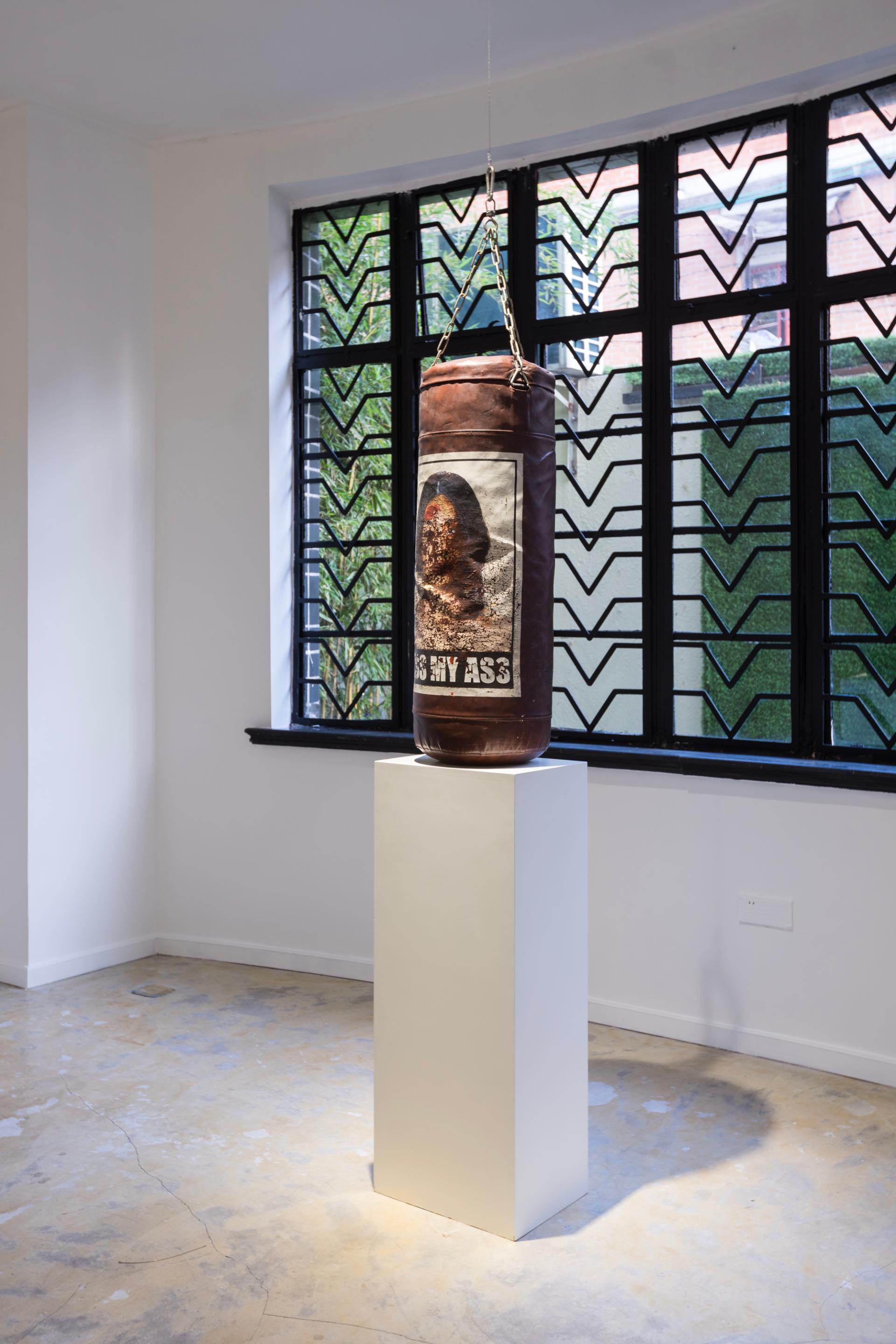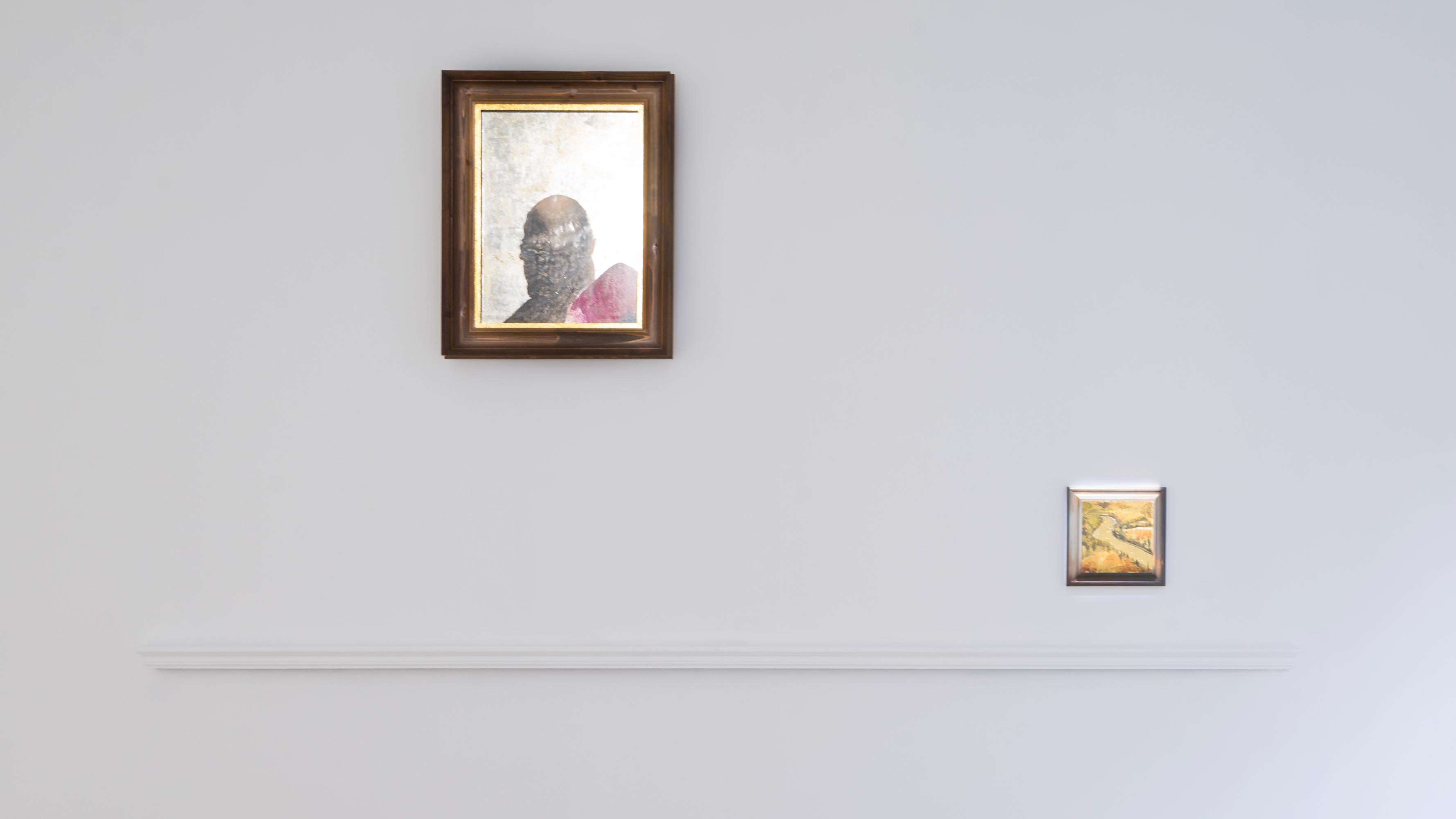“Symmetry is what we see at a glance based on the fact that there is no reason for any difference...”
—— Blaise Pascal ( French Mathematician, Physician, 1623—1662年)
Most lives are driven by an autobiographical narrative whose asymmetrical tension with the experience of physical world is encapsulated by the sense of self doubt experienced when one stands before a mirror. It is this tension which has driven the search for objective truth by way of art, religion and science throughout the course of human civilization - a process at times of creeping advancement and at others of revolutionary restructuring.
The English term symmetry derives from the Greek symmetria - defined as “having a common sense of measure”. It is both a hard truth born of repeated observation in nature and an elusive democratic term requiring human consensus on memory and reflection.
Wu Di’s work has long explored the tensions in symmetry through the repeated production of the figure and the presentation of doubles and twins. Her latest paintings draw inspiration from mid to late renaissance painters and in particular Da Vinci whose studies revolutionized the approach to counter positioning figures. It invites an exploration of the multidisciplinary approach to image making of the time infusing the sciences of color, light and anatomy into the production of classical religious paintings. Wudi additionally draws inspiration from the tension between the asymmetrical approaches posited by Taoist philosophy in an effort to achieve “Wu Wei” or “the path” - on the one hand promoting the amalgamation of all perception into a miasmic whole and on the other suggesting an ascetic withdrawal from all human observation. Her latest works both abstract and representational are a continuation of her profound exploration of the possibility of bringing into symmetry the linear temporal process of painting with the instantaneous perception of the image.
Exhibition support:CLC Gallery Venture
"对称性就是我们一眼能看到的东西,它基于这样一个事实:即没有任何理由造成任何差异…"
—— 布莱斯·帕斯卡(法国数学家,物理学家,1623—1662年)
大多人的生命被一种自传体的叙事驱动着,故事与现实不对称的张力就如我们在镜子前面对自己的存在产生的自我疑惑。这种张力推动了艺术、宗教和科学在人类文明的长河中追求客观真理的进程,这一进程,时而举步维艰,时而砥砺前行。
英文中“对称symmetry”一词来自于希腊文的symmetria,即“具有测量的常识”,这既是一个通过对自然界的反复观察得出的有力事实,也是一个需要人类在记忆和反思达成共识的基础上建立起来的难以定义的民主词汇。
长期以来,吴笛的作品通过重复的人像,双面人物和双生子图像探索对称性的张力。她近期的创作深受文艺复兴中晚期的艺术家,尤其是达芬奇的影响。达芬奇的绘画草图革命性地改变了绘画中对立人物的处理,探索那个时代综合多学科研究的图像制作,将色彩、光线、解剖学等多种科学运用到古典宗教画的创作中。吴笛同时从道教思想中“无为”或“道”的不对称张力中汲取灵感——一方面表现所有感知集合成的混杂一体,一方面暗示一种苦行者脱离人世观察的举止。她近期的作品打破抽象与具象的界限,继续她对绘画的线形时间过程与图像的瞬间感知的对称可能性的深刻探索。
展览支持:CLC Gallery Venture

